There are many reasons why you would want to divide a shamrock plant. Perhaps you don’t have enough space in your garden, or maybe you just want more plants so that they will grow faster and produce more flowers. Either way, dividing shamrock plants is an easy process if you follow the correct steps.
How to Divide a Shamrock Plant?
Here is a step by step process to divide shamrock plants:
1. Prepare your shamrock plant
Get your plant ready for the division for watering thoroughly in the lead-up to dividing. This will help to soften the ground around the roots so that the root ball is easier to divide.
It also keeps your plant happy and reduces stress, which is great considering you’re about to chop it into smaller pieces.
2. Remove the shamrock plant from the pot
This might be tough, so you may have to wiggle the root ball back and forth until it breaks free from the roots around the edge. If your soil is very dry or hard-packed, you may need to water the plant several days in advance so that it’s soft enough for you to remove from the pot.
3. Prune any brown roots or stems
If your plant is looking a bit worse for wear, make sure to prune any dead or brown roots before dividing. This will help to prevent your plant from rotting before it’s even been divided.
Root rot is a serious issue with shamrock plants, so it’s important to remove any dead or dying roots before it becomes a bigger problem.
4. Divide the root ball into sections
The root ball is the base of your shamrock plant, and it’s usually a clump or ball of roots. You can divide this into smaller chunks by using a sharp spade to slice through the middle.
This will split your root ball in half, but you may need to do this several times depending on how many plants you are dividing.
5. Pop the divisions into new pots
After you’ve divided your root ball into sections, pop them into new pots with fresh soil. Finish by placing the pots into a shady spot for your new plants to grow.
It’s important that you don’t place them in direct sunlight since they are still recovering from being divided, so it can take several weeks before they recover and start growing again.
Don’t forget to water! Shamrock plants need plenty of water after division or else they will wilt and die. After about six weeks, your plants should be fully recovered and ready to grow again! You can then plant them into the garden or place them in a sunny spot indoors if you want them as houseplants.
Shamrock Plant Division FAQ
Dividing a shamrock plant may seem daunting. As a result, I will now ease your concerns by answering some of the most frequently asked questions regarding this topic.
How often should I divide my shamrock plant?
I only divide shamrock plants when they become too large to handle. This tends to be every two to three years. Doing it too much will weaken the plant, so I recommend waiting until it becomes necessary.
Can I divide my shamrock plant in the fall or winter?
I prefer to do this task during springtime so that new growth will have time to establish roots before winter arrives. However, you can also divide your plants in autumn if it is preferable for you – just be sure to water them well!
How to know when to divide my shamrock plant?
The most common indicator is when the plant begins to crowd itself in its pot. This can be signified by yellowing leaves, weak growth, or an overall lack of flowers. These are all signs that the plant is too crowded and needs to be divided.
When is the best time to divide my shamrock plant?
The best time to divide a shamrock plant is during spring or summer. This will give the divisions time to establish roots and grow before winter comes again. The plant will have the most energy during these seasons, and you will get a great result.
Is it easy to divide a shamrock plant?
Yes, it is very easy to divide a shamrock plant. All you need is some basic gardening tools and the desire to do so, along with the steps mentioned in this article. My top tip is to take your time and use sterilized tools so that you won’t infect your new shamrock plants with any bacteria or fungus.
How big do shamrock plants grow after division?
After dividing a shamrock plant, you should expect it to grow around one foot tall. This is a great height for most gardens and will ensure that the plant won’t become too crowded again in just a few years.
What are the benefits of dividing a shamrock plant?
There are many benefits to dividing a shamrock plant. The biggest benefit is that it will allow your plants to grow faster and produce more flowers for you! This can be great if you have lots of parties or events coming up where lots of people need to see the plant in full bloom.
It also makes the plant easier to manage. If you only have a small garden, then dividing your shamrock plant can help it to remain in a manageable size instead of becoming too large for its surroundings.
Conclusion
In conclusion, the process of dividing a shamrock plant is very simple. All you need to do is follow the steps in this blog post, and your shamrock plant will be divided within a few minutes! The main benefit of doing so is that it will allow for faster growth and more flowers during the springtime.
If it becomes overcrowded again after a short while, then feel free to repeat the process and divide it again! I recommend dividing your shamrock plants every two to three years unless it is necessary sooner.
Tim is an avid gardener from the UK. He was the founder of PlantCarer.com from 2021 to Sep 2023. He sold PlantCarer.com to Aaron. He has since started his own business called Seed To Supper, which provides new gardeners all the materials you need in a box (pots, seeds, compost and instructions) to grow your own delicious and nutritious vegetables and herbs from start to finish – no garden required.




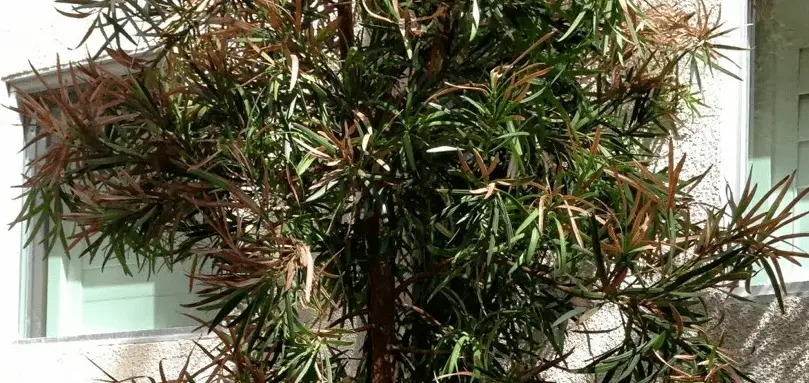
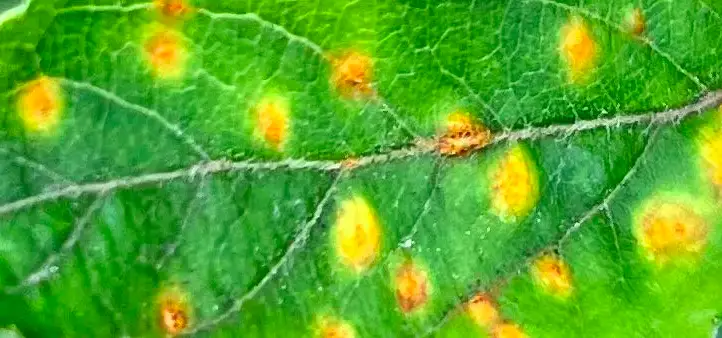
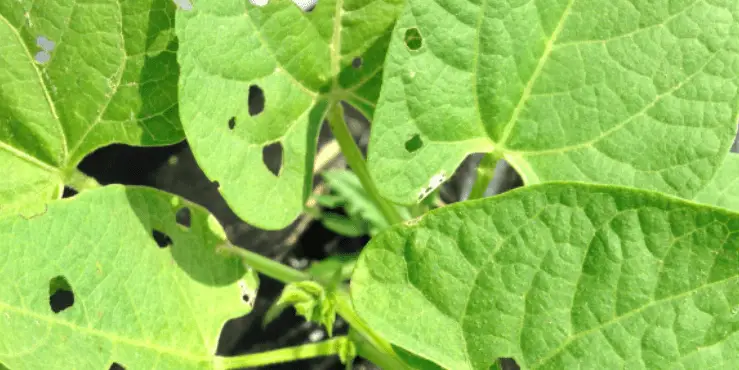
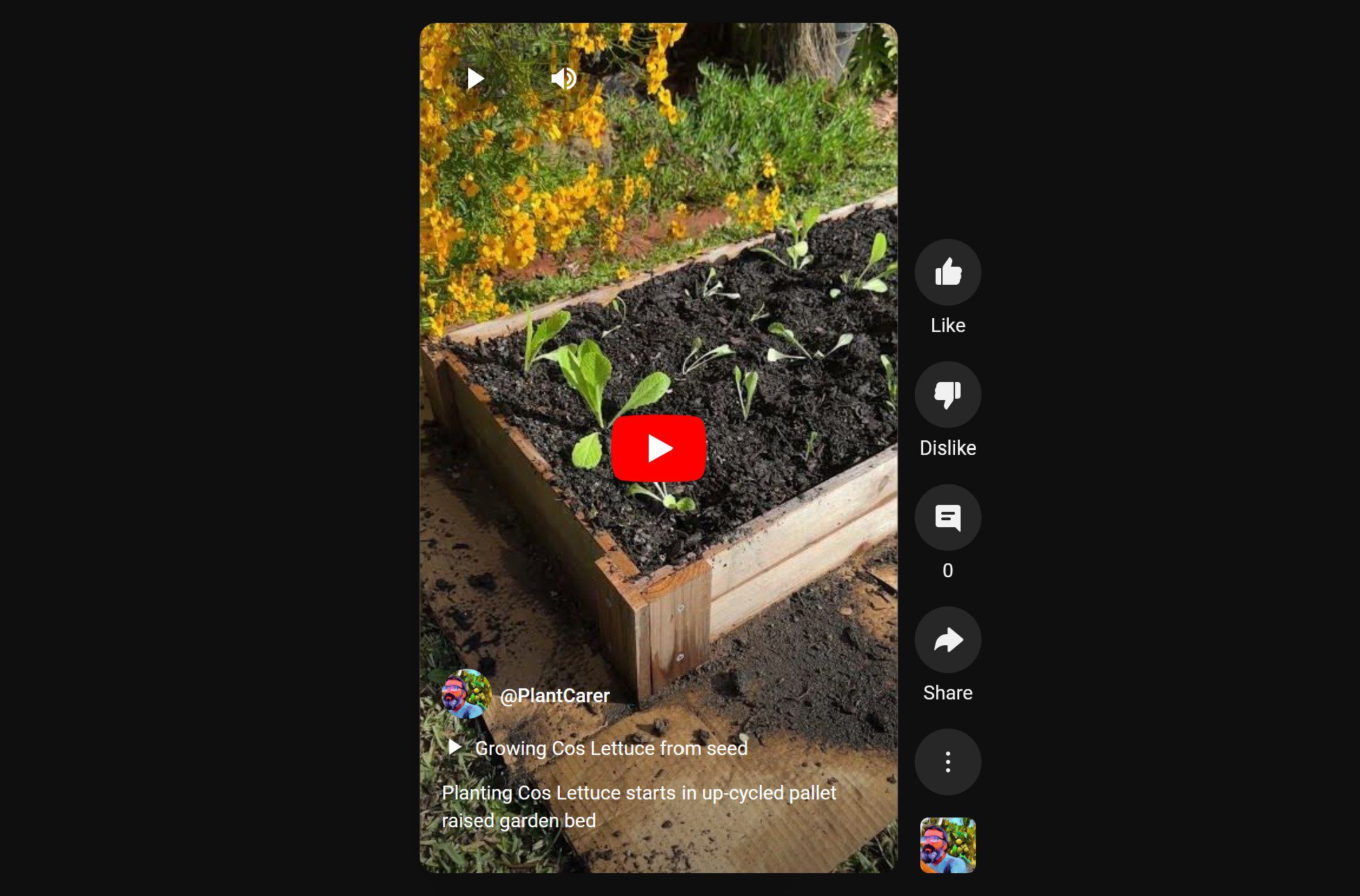
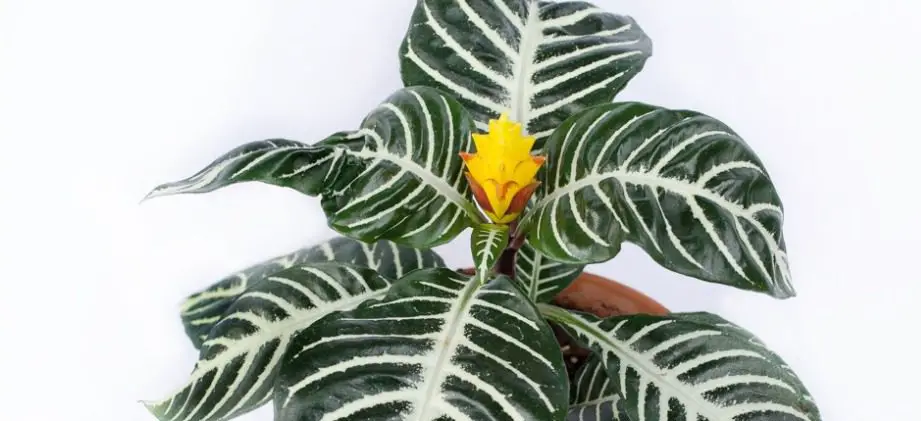
0 Comments